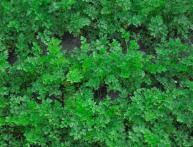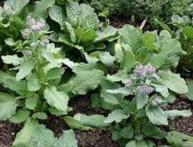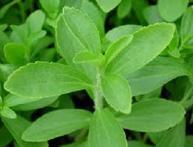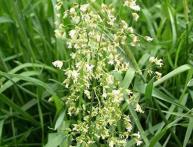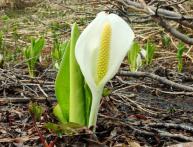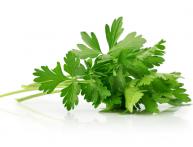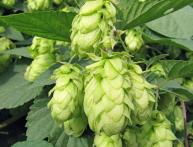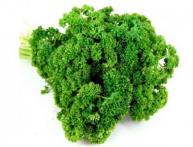Wild garlic

In nature, there are many interesting plants with unusual names. One such plant is wild garlic, also known as bear onion, wild garlic or calba.
This perennial plant belongs to onion family, and mainly grows wild in central, southern and northern Europe. More often wild garlic found in shady forests or near rivers. In some countries, they are trying to grow wild garlic as a cultivated plant. It reproduces exclusively seeds.
Despite the fact that bear onion is a wild plant, it contains a huge amount of useful substances, therefore it is widely used in cooking, as well as folk medicine.
Not only the bulb, but also the leaves and stems of garlic contain a lot essential oil and ascorbic acid. Despite the pungent garlic smell of the plant, it produces nectar, so it is very valuable honey plant.
In cooking All parts of wild garlic are used: bulb, leaves and stem. Wild garlic leaves are usually collected as greenery in the spring before it blooms. And freshly added to salads, vegetable dishes, soups. The herb is also suitable for pickling, pickling or fermenting.
As an effective means traditional medicine wild garlic helps fight many diseases. Ramson is recommended for atherosclerosis, thyroid diseases, and vision problems. It is also used as a prophylactic against worms.
Fresh bear onion leaves not only improve appetite, but also promote better digestion. At the same time they have bactericidal, tonic, as well as diaphoretic and diuretic effect.

